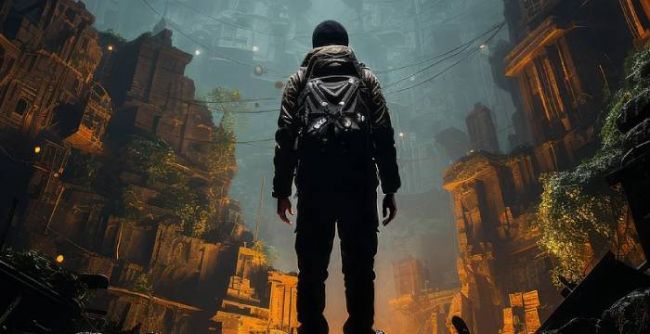Technology
4 min read
Microsoft’s Muse AI Plays Quake II: The Future of Game Preservation Starts in Your Browser


Microsoft’s Muse AI brings Quake II back to life with an AI-generated demo you can play in your browser. Discover how this cutting-edge model is transforming game development, prototyping, and preservation—one pixel at a time.
_1748944997.png)
Microsoft’s Muse AI isn’t just another research model—it’s an AI powerhouse built to understand and generate entire game worlds. Originally trained using gameplay from Bleeding Edge, Muse AI learned how to simulate 3D environments, player actions, and even complex game logic.
Now, it's stepping into the spotlight with its first public demo: an AI-generated, browser-playable version of Quake II. It’s not perfect yet—but it’s a glimpse into something much bigger.
And that “bigger” vision begins with a small but mighty demo.
Through Microsoft Copilot Labs, anyone can now try a stripped-down, AI-generated version of Quake II—right in their browser. No installation, no engine, just pure generative magic.
The game runs at 640×360 resolution with smoother frame rates than Muse’s earlier 10fps version. It’s basic—think blurry enemies and limited gameplay time—but it showcases Muse’s ability to mimic old-school game logic and visuals.
But how did Microsoft train an AI to recreate Quake II, rather than just emulate it?
Enter WHAMM, the tech that brings Muse AI to life. WHAMM (World and Human Action Mask GIT Model) is a real-time generative model trained on just over a week’s worth of gameplay data.
That’s a huge leap compared to Muse's previous version, which needed seven years of gameplay. WHAMM allows faster rendering and live user interaction, making AI feel almost like a game engine.
Now, Muse isn’t just a toy—it’s a prototype for game creation and preservation. So, where does this lead developers?
Microsoft sees Muse AI as more than a research flex. It wants game developers to use Muse as a rapid prototyping tool.
_1748945049.png)
Imagine feeding Muse your game design ideas and watching it whip up playable versions in hours. This could speed up early-stage testing, level building, and even NPC behavior design—saving time, effort, and costs.
But the coolest part? Muse might help us save games from vanishing altogether.
Phil Spencer, CEO of Microsoft Gaming, said it best: “You could imagine a world where gameplay data and video help a model learn old games—and make them portable to any platform.” That’s the dream.
Muse could preserve classics like Quake II without needing original engines or hardware. It’s like teaching AI the soul of a game so it can live on anywhere, anytime.
Still, with great power comes a fair bit of criticism.
Players and developers are intrigued—but cautious. On one hand, Muse’s ability to mimic gameplay is fascinating. On the other hand, issues like disappearing enemies (due to limited object permanence) remind us it’s still very much a demo.
Some feel the experience lacks the soul of the original game. Others see ethical concerns—will AI threaten creative jobs?
The concerns are valid, but there’s more to explore as Copilot for Gaming grows.
Microsoft isn’t stopping at demos. It’s integrating Muse into Copilot Vision—a new feature that turns Copilot into your in-game coach. Soon, Copilot will recognize what you’re playing and offer real-time guides, tips, or even walk-throughs.
It’s a step toward smarter, more personalized gaming help, especially for newer or casual players.
And as Muse learns more games, we’re just beginning to see what AI in gaming can really do.
From a blurry, browser-playable Quake II to a potential tool for preserving gaming history, Muse AI is bold, experimental, and deeply ambitious. It’s not perfect, but it opens the door to new ways of building and experiencing games.
The fusion of creativity and computation is here. Whether you’re a developer, a gamer, or a nostalgic soul, Muse AI might just reshape how we remember—and relive—the classics.
Next up? A world where AI doesn’t just recreate games… it understands them. Stay tuned.
Be the first to post comment!